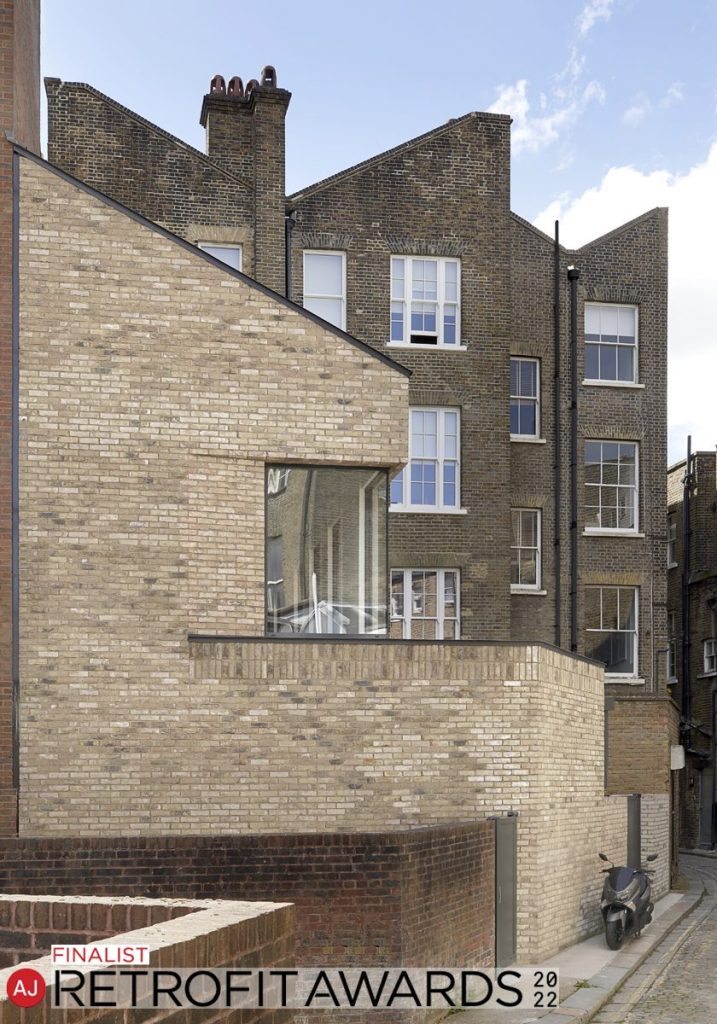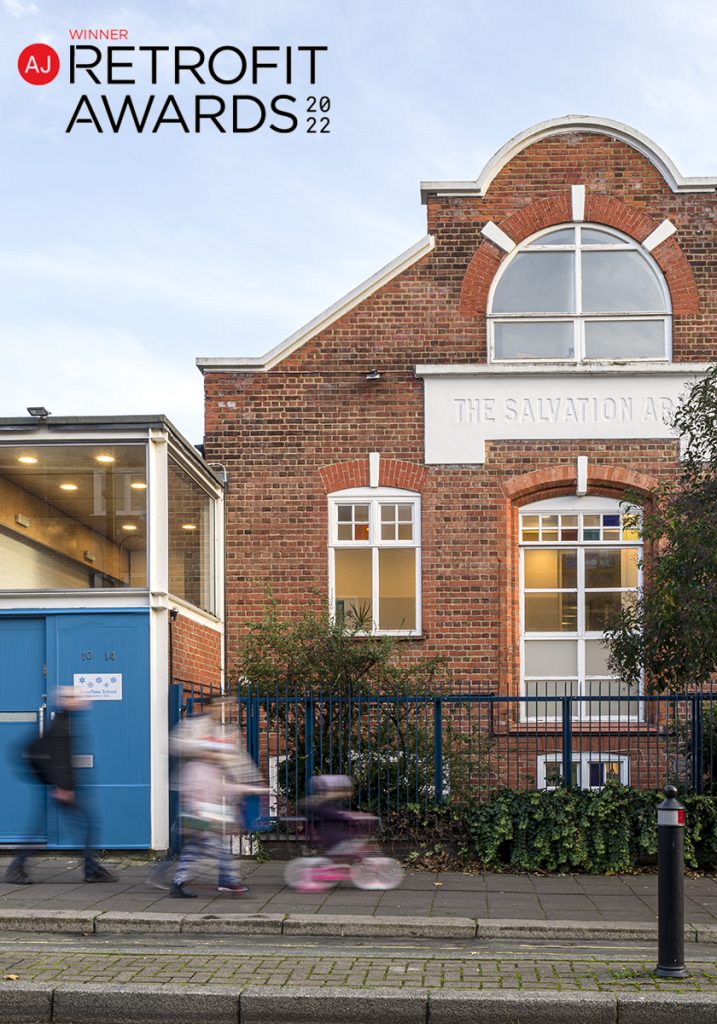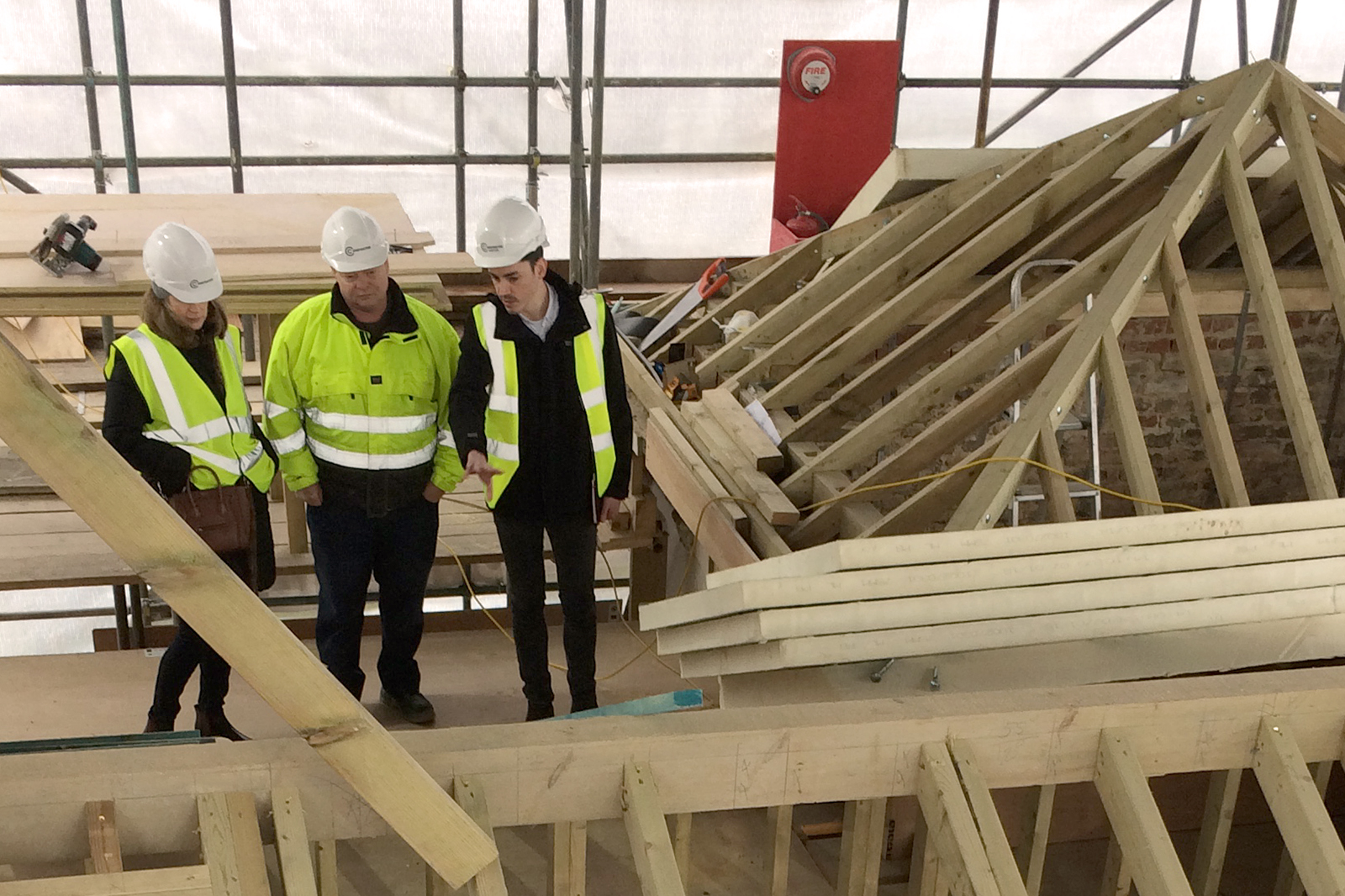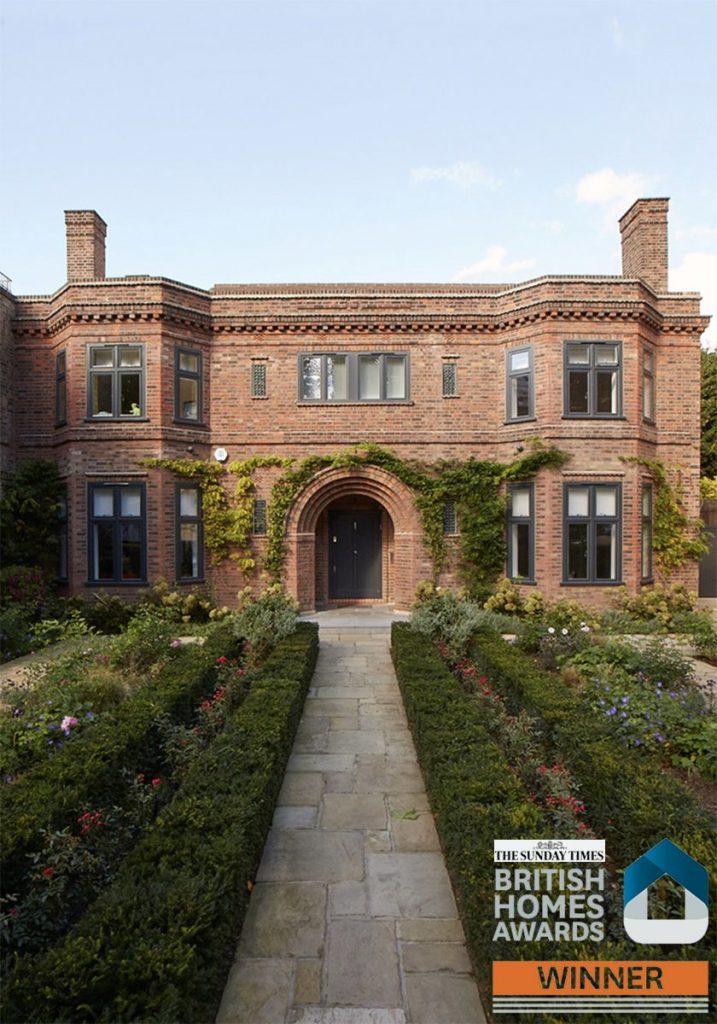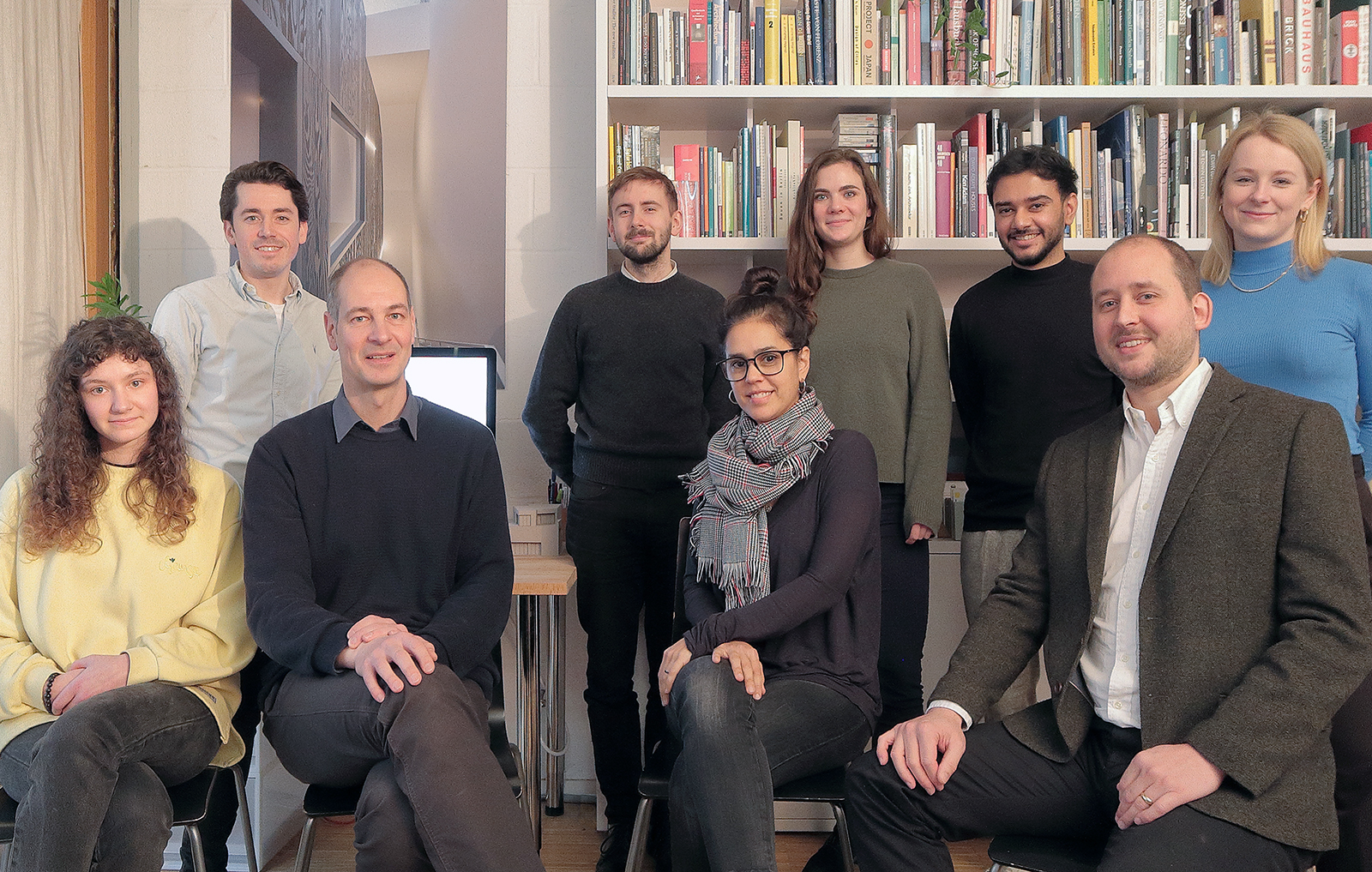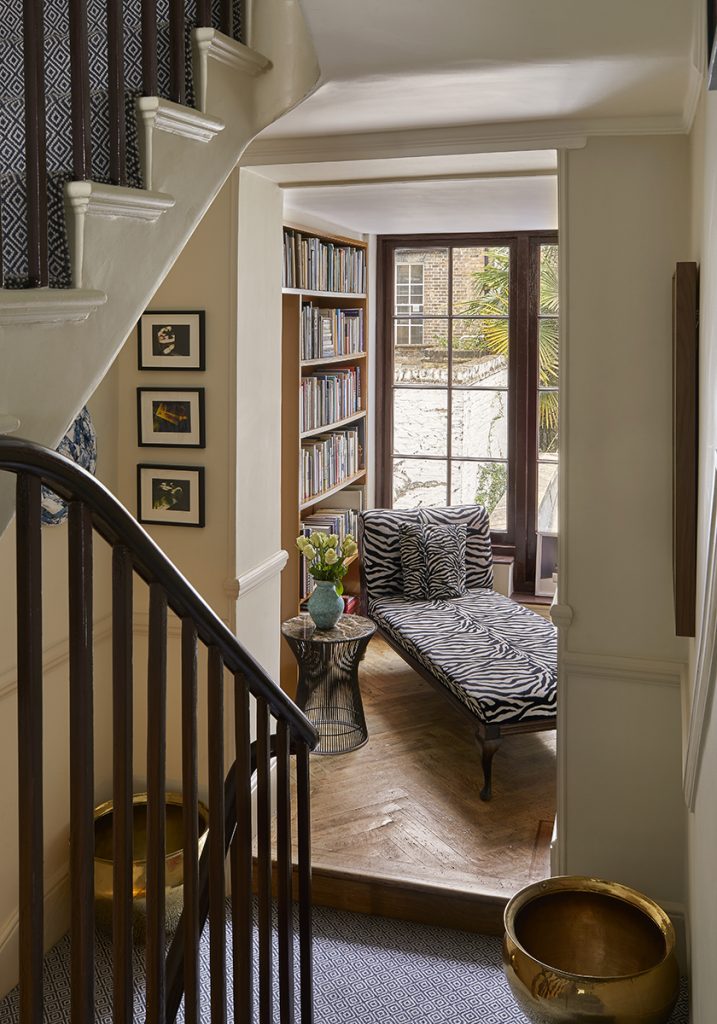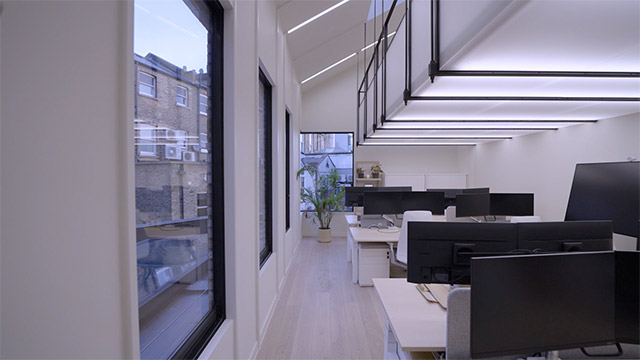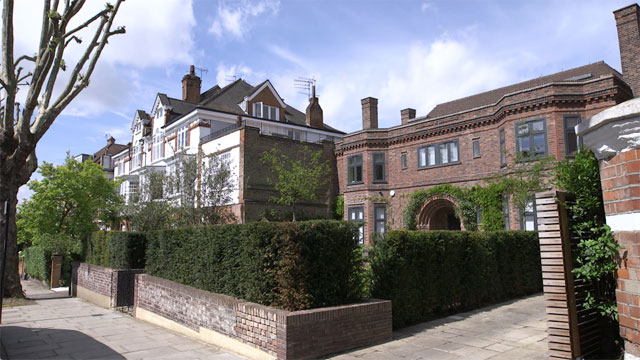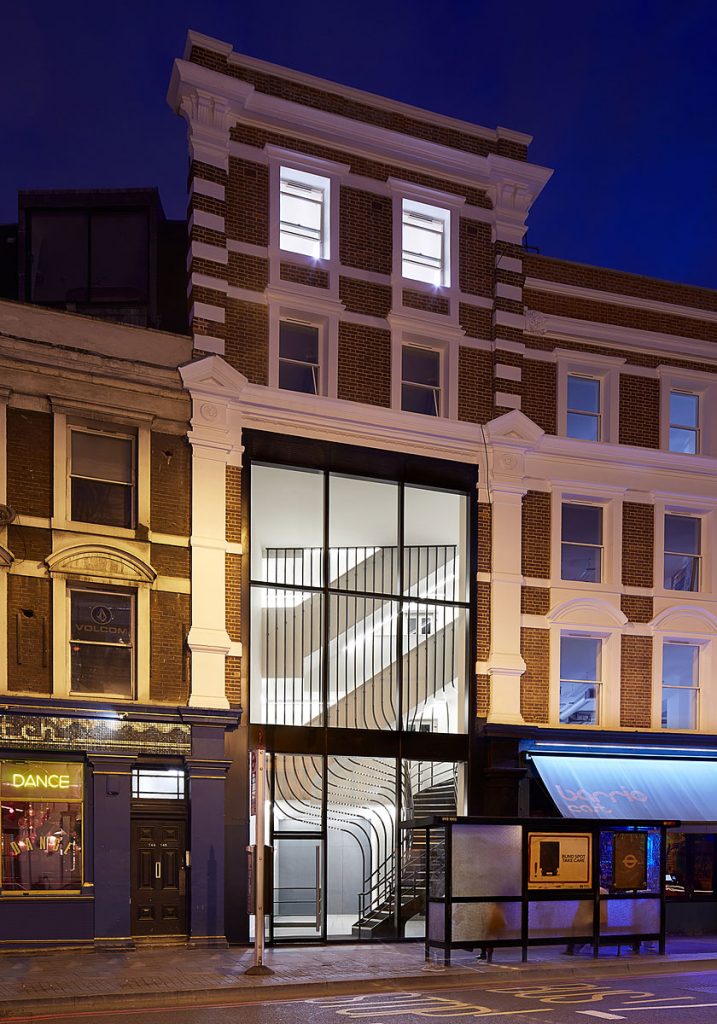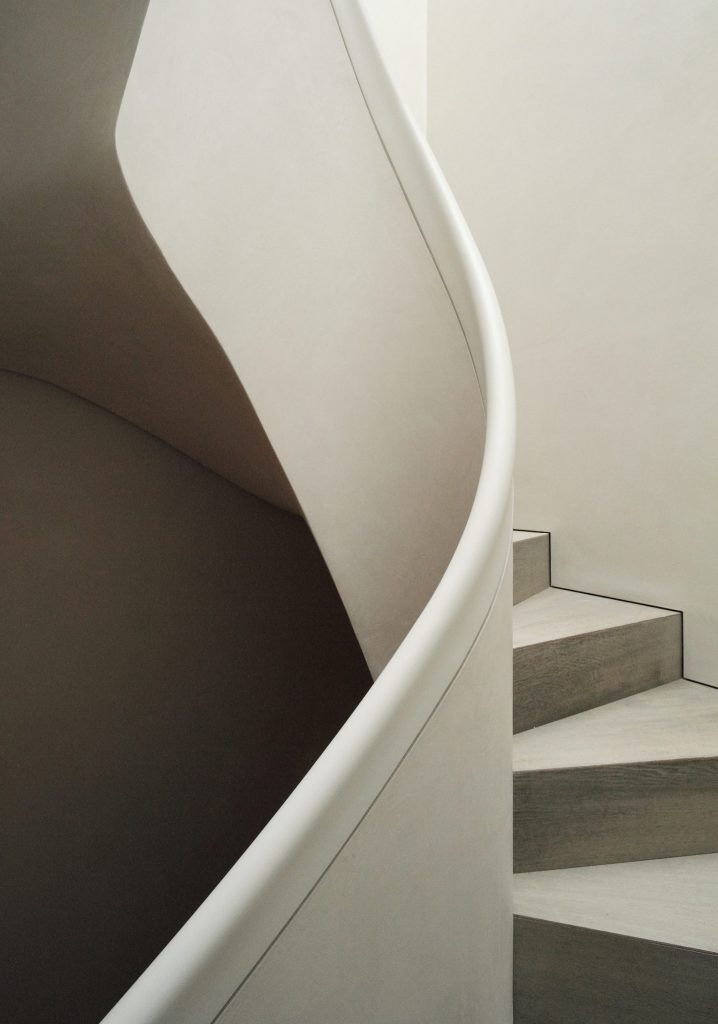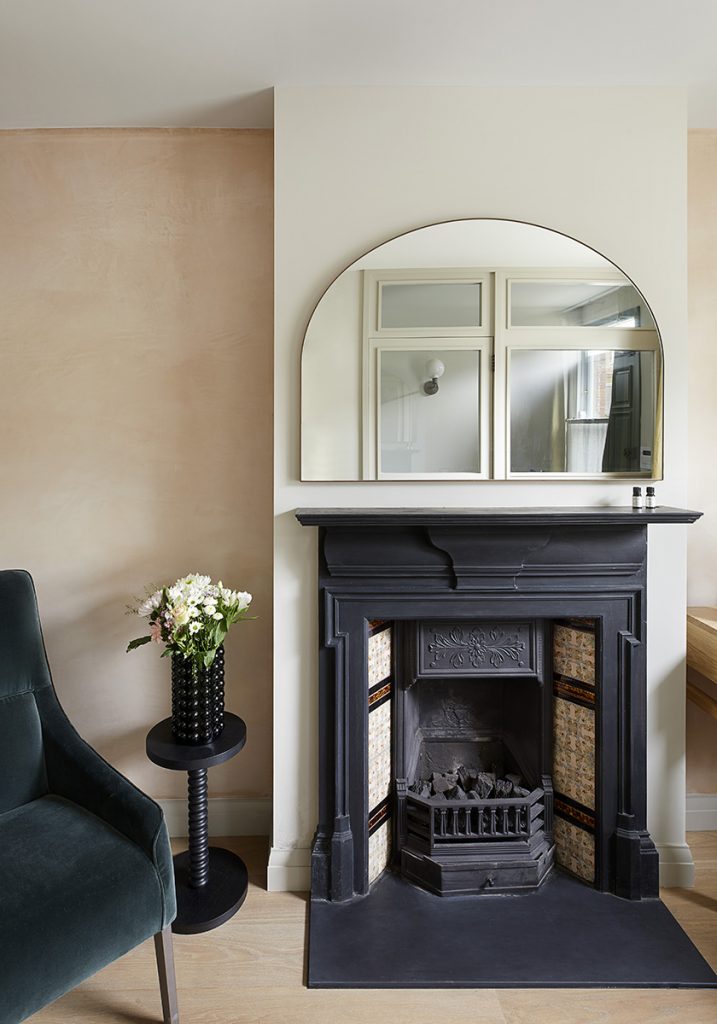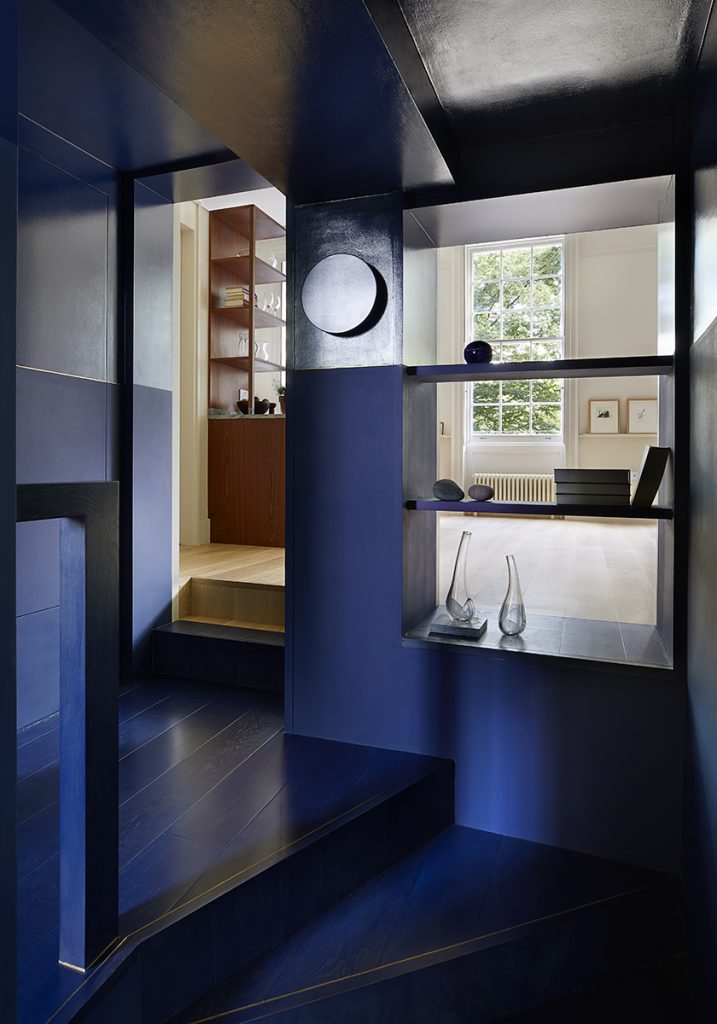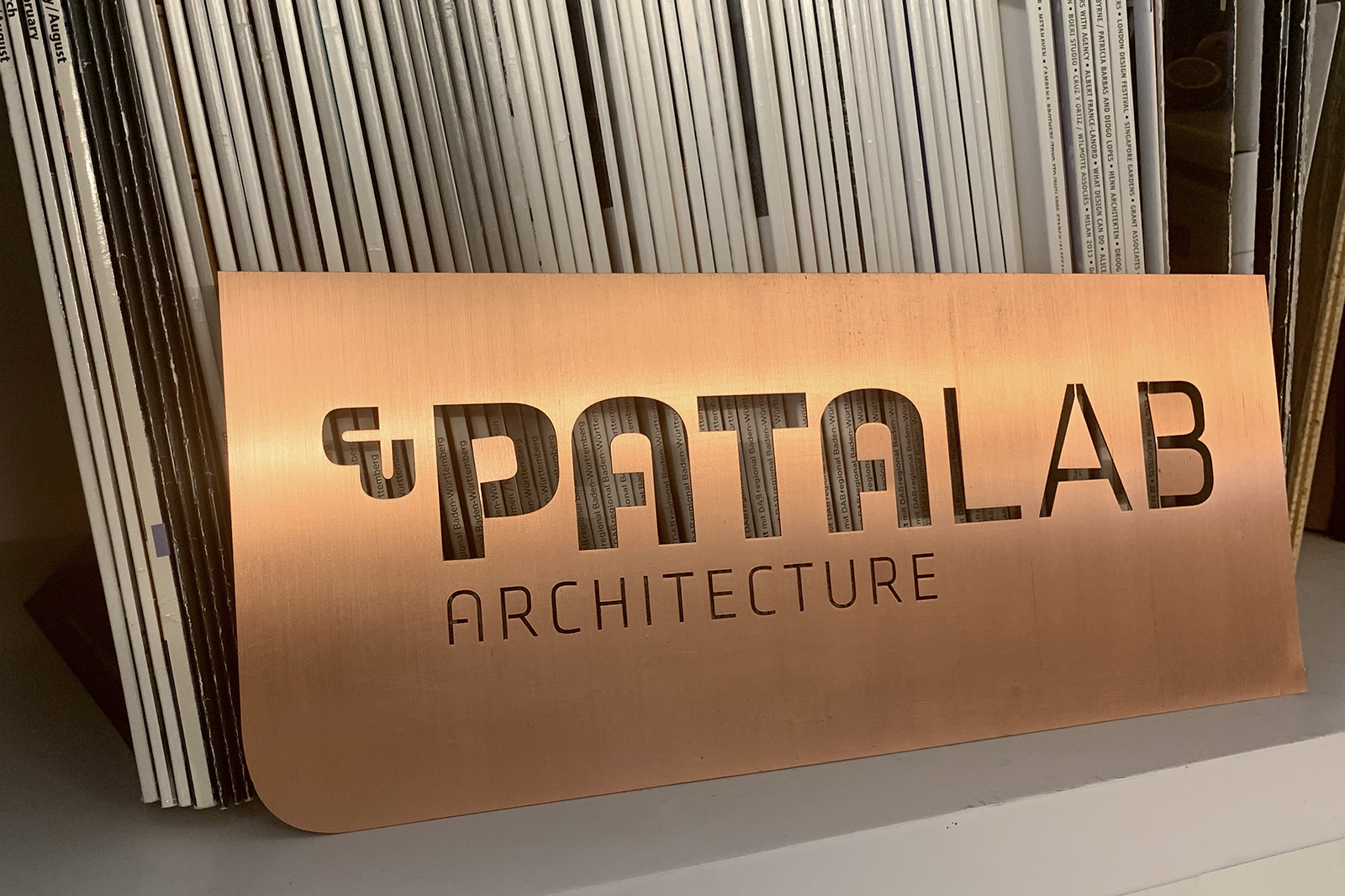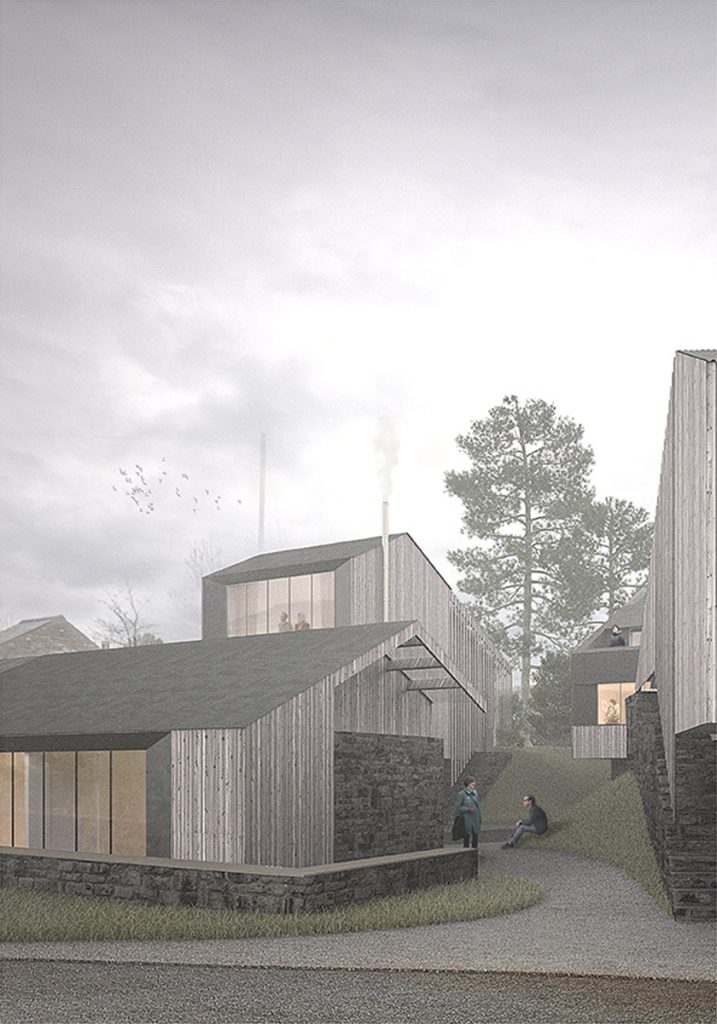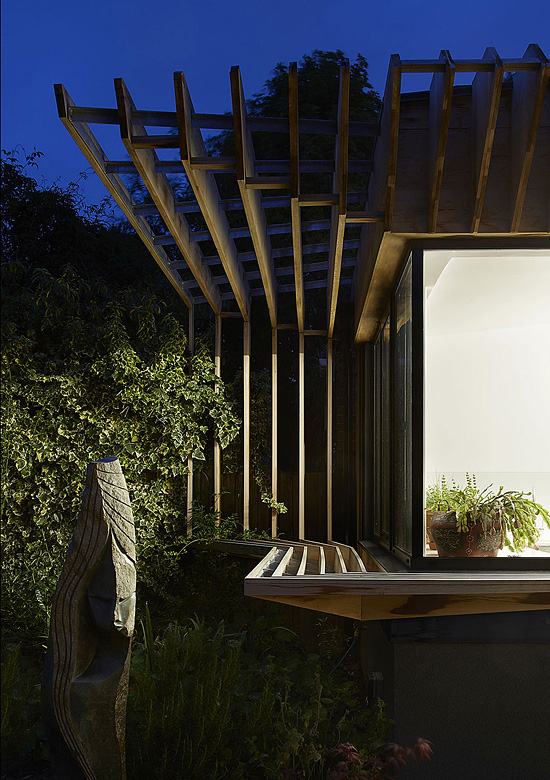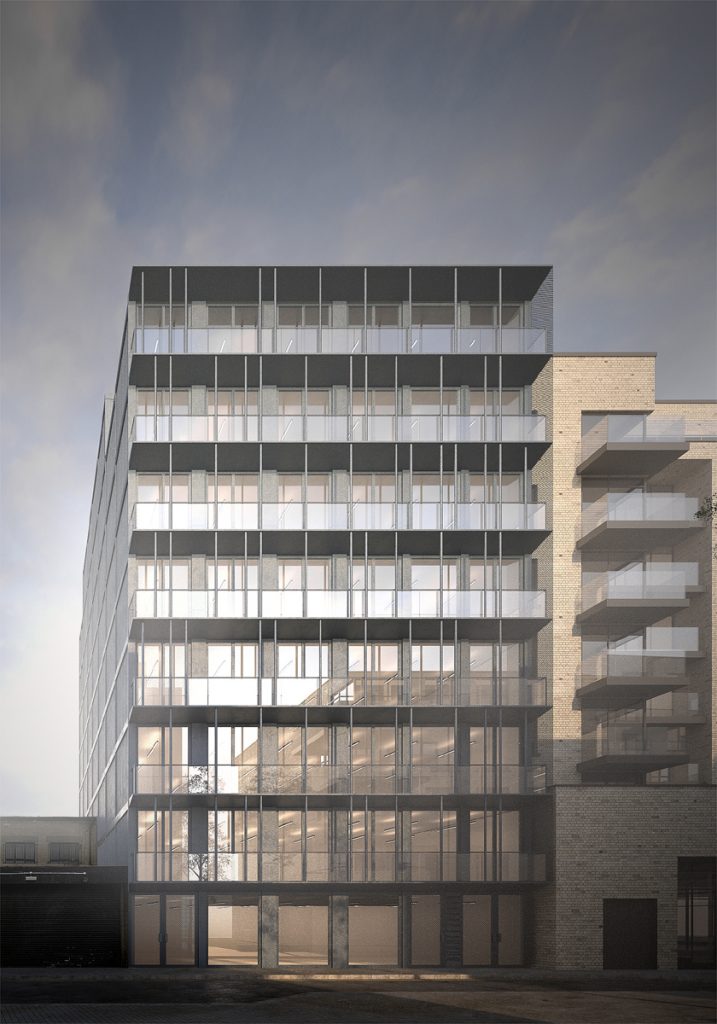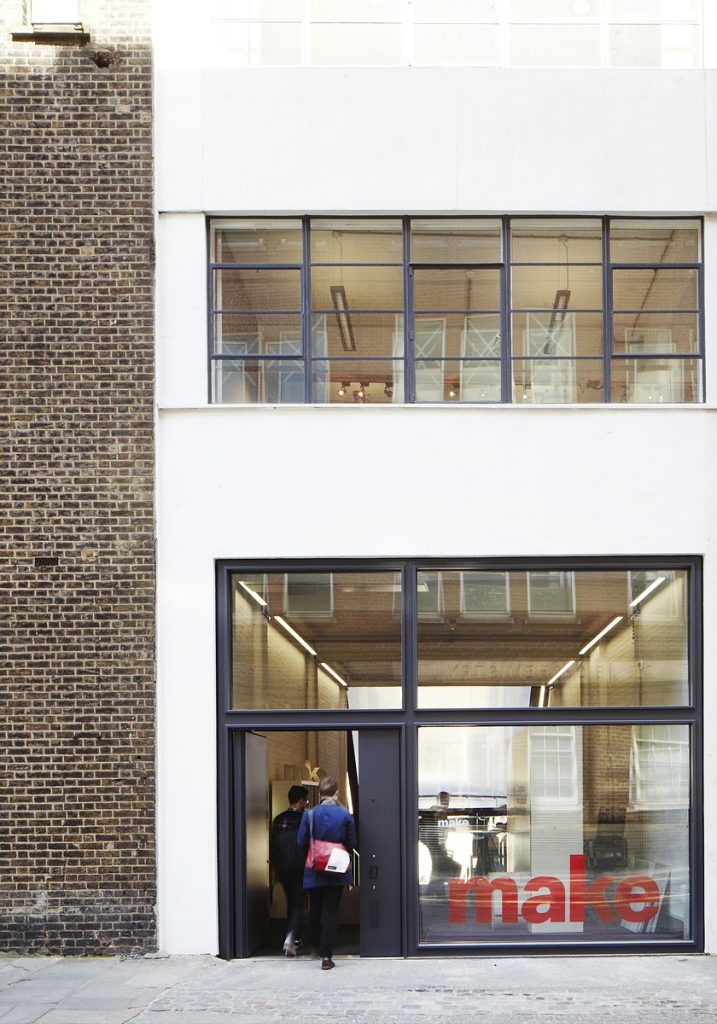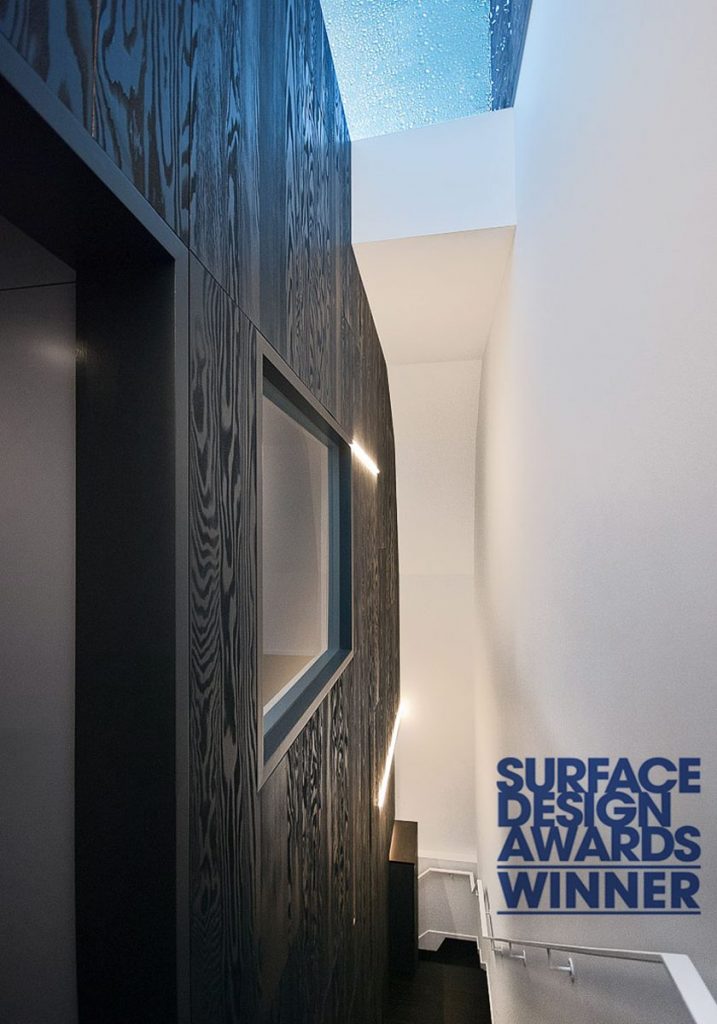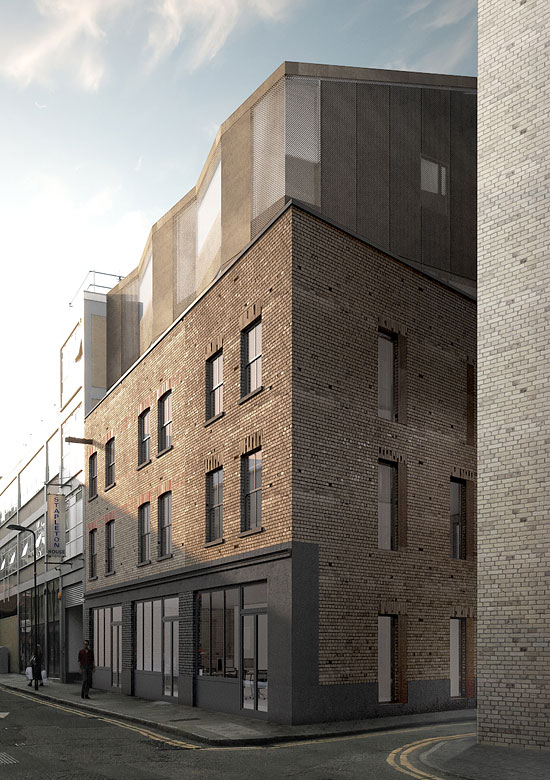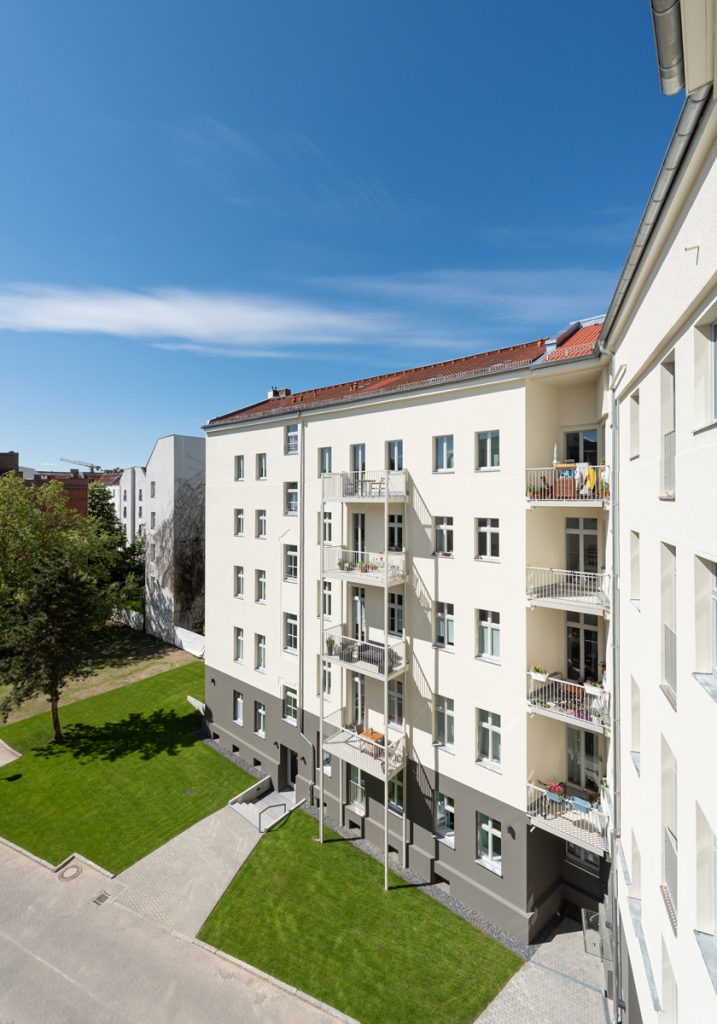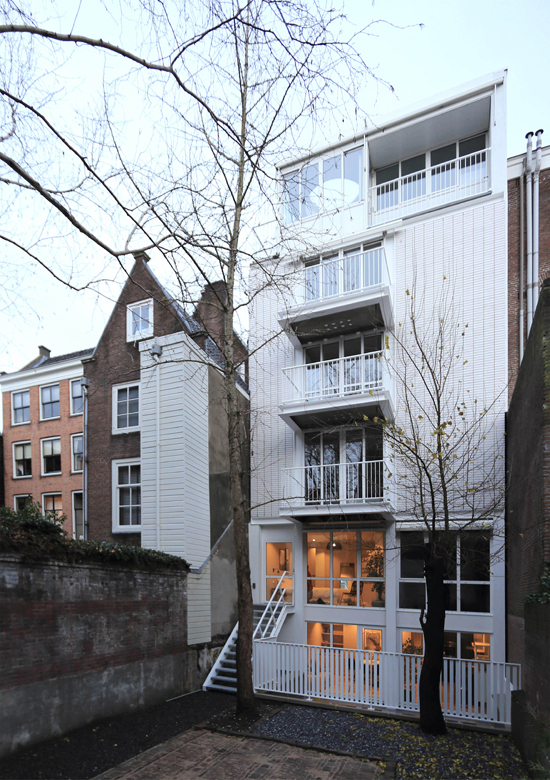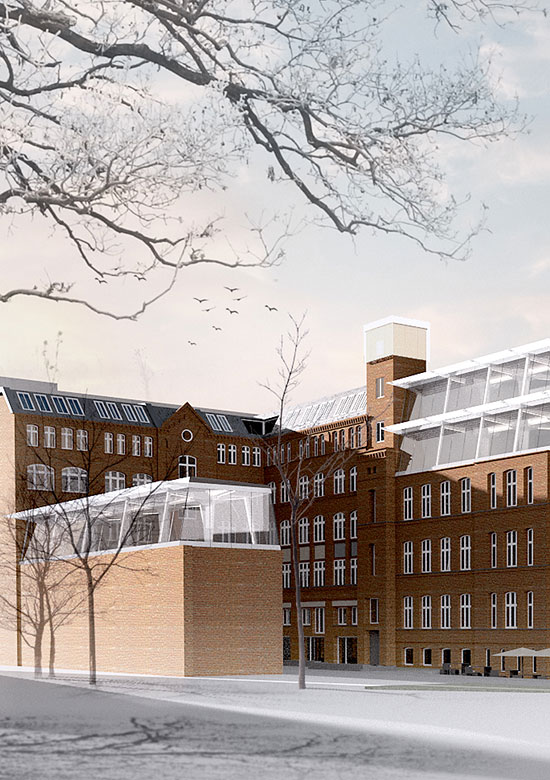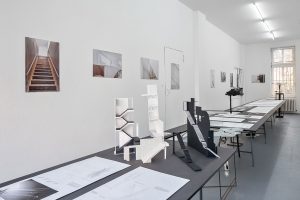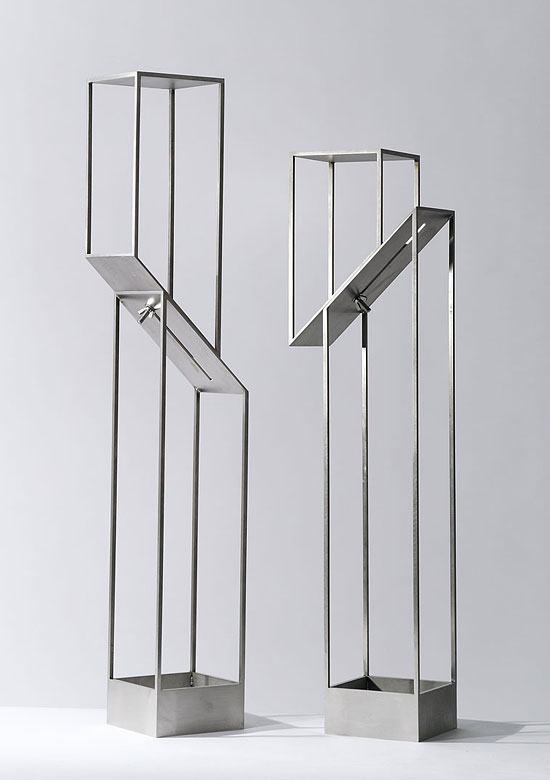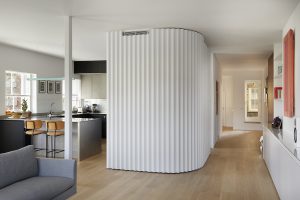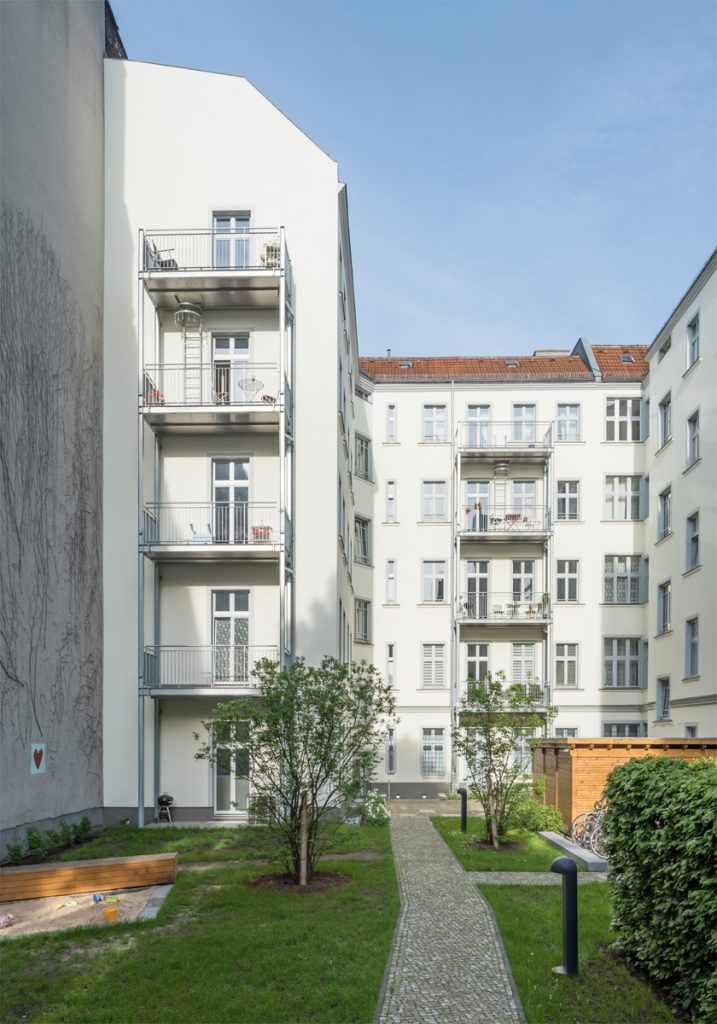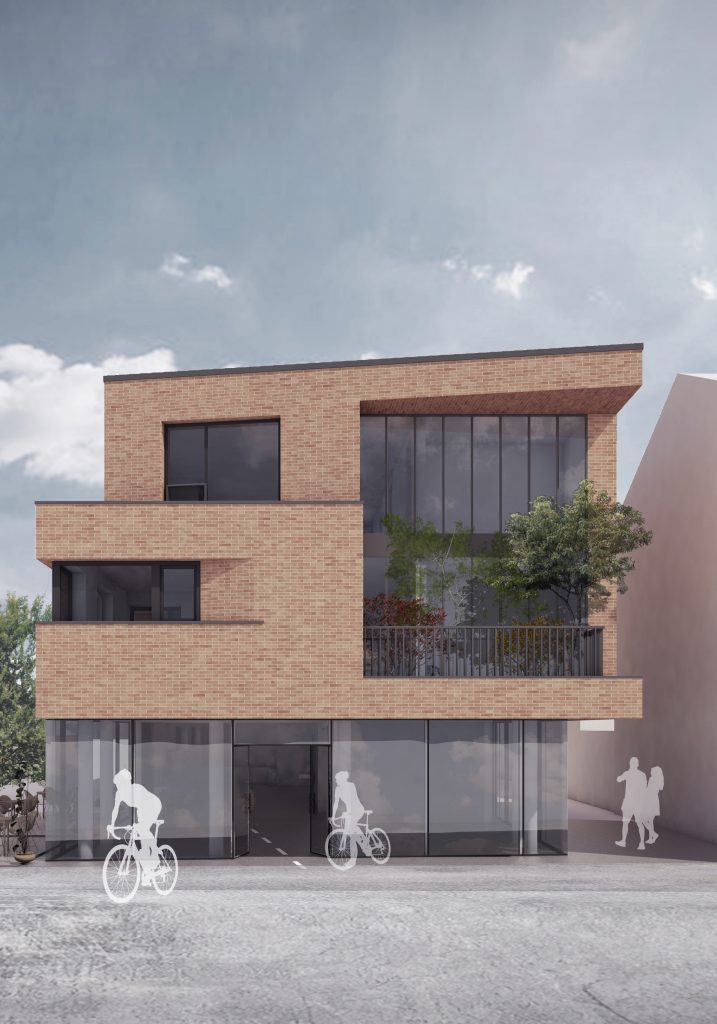Having worked with several architects, I really appreciate Patalab’s approach that combines passion for design, technical knowledge and economic understanding. Finding all three qualities within one architect’s practice is very rare.
This is the second house Patalab has transformed for us and created a fantastic home for me and my family. Simon‘s and Uwe‘s passion for design can be seen everywhere in the house. The beautifully crafted spaces provide the perfect background for our family life.
The refurbishment and extension of The Bird in Hand Hampstead was very complex, given its historic setting and our ambition to create something unique and of outstanding quality. Patalab responded to the project challenges extremely competently and working with them was a great experience from the initial concept sketches to hand-over. Their design radically transformed the internal arrangement of the building, making it more space efficient and placing a beautifully crafted staircase at its centre. With exceptional design skills, technical expertise and a thorough understanding of the construction process, Patalab are well rounded architects. But maybe even more importantly, through their personal engagement, professionalism and commitment to quality, Uwe and Simon became trusted project partners.
Put simply, Patalab are brilliant. The team brought creativity, craft, care and a truly collaborative spirit to our project. Their eye for detail, a high quality finish and the fact that the service they give is based on understanding client needs meant we got exactly what we wanted. They brought some lovely ideas and gave the right guidance when it came to making decisions. Together we created a beautiful, human-friendly home. In addition - and despite Covid 19 - the team went the extra mile working with their excellent builders to bring the project in on time and in budget. We loved every minute of it and if we ever get the chance, we’d do it all over again.
Patalab have developed a profound understanding of our complex operation and spatial requirements to facilitate Richmond Pharmacology’s medical research activities. This has been translated into an inspirational and functional environment, enjoyed by our employees, clients and patient volunteers. Patalab guided us very professionally, meeting our challenging project delivery time frame and exceeding our expectations in creating an efficient and innovative space for our research organisation.
Our project was a tricky one - refurbishing and upgrading an early Victorian, Grade II* listed townhouse and making it suitable for contemporary family life. From the outset, Patalab impressed us with their vision, dedication, and problem-solving abilities. We had a very narrow framework to work within, due to listed building laws, and we always felt in safe hands. However, it is more than just being safe; the team went above and beyond to find creative and practical solutions for us. Our house is so beautiful now, and it fills me with joy every time I come home. It combines a deep respect for heritage with a contemporary design sensibility, which is exactly what we wanted.
Navigating listed building consents, planning approvals, landlord's licences and of course, construction, was quite a journey! Throughout, Uwe, Jordan and Sophie offered consistent and constructive guidance. Their positive outlook proved invaluable, turning what could have been a stressful process into a really rewarding collaboration. We very much enjoyed working with them and we're looking forward to our next project with Patalab.
I had a very positive experience with Patalab. Their proposed design for the house, which involved opening up and extending out to bring in light, was the most creative proposal I received at the planning stage, and it has resulted in an airy, bright and well-integrated living space. The project management and oversight was extremely well organised and thanks to ongoing communication throughout the project, I felt confident in the process and timing and I am delighted with the outcome. Patalab were also able to introduce me to and co-ordinate with other professionals, such as joiners and gardeners, whom I would not otherwise have known, which together has helped to create a home that has exceeded all of my expectations.
Patalab not only provided excellent design services but also fully understood the commercial parameters, resulting in an innovative and economically viable project. The scheme’s design features set it clearly apart from other office developments and was a major contribution to its letting success.
Patalab was recommended to me and after my initial meeting with Uwe, discussing design ideas and how to realise them I decided to go ahead. A decision I have not regretted. Not only was I very impressed by Patalab's exceptional attention to detail but also the smooth delivery, managing design and construction processes very competently.
I am very happy with the turnout and love the interplay between colours, materials and spaces.
We were very happy with the services provided by Patalab, particularly with regard to their level of commitment to design. They were professional throughout the project and the level of aftercare was exceptional.
Before starting our project we met with several architects discussing our objectives. We were most impressed by Patalab‘s response. Not only had they a great track record but also a very exciting design approach. The result of the year-long project is a fantastic apartment, which is now our lovely new home. We have been most touched by Sophie‘s and Uwe's care and enthusiasm throughout the process.
With their precise feasibility study, Patalab Architeture provided us with a well-founded decision basis for the project development. In the subsequent planning phases the team of Patalab not only provided excellent design services and secured the buolding permit in a challenging planning environment, but also understood how to integrate into the design the requirements of contemporary and flexible letting. The result is an innovative, sustainableand economically attractictive building project.
We chose Patalab after having interviewed five other Architectural practices. We were impressed from the very outset with Patalab's design proposals. Their thoughts about efficient use of space and creating enhanced volume was exactly what we were looking for and we felt that our tastes were aligned.
We appreciate so much what Patalab brought to the table and how they delivered on our dreams that we can’t wait to find another project to have the opportunity of working with them again.
I believe Patalab's biggest achievement has been to demonstrate a clear design focus, whilst offering a fully functioning and comfortable home. Furthermore, I’m particularly pleased with the amount of natural light we’ve been able to draw into the spaces, given the introverted nature and limitations of the site.
We were hoping for a design feature in the lobby that would become a talking point. But Patalab have exceeded our expectations in the way they have combined functionality with artistic style. Like us, our tenants are deeply impressed and so are their visitors, when they arrive in the lobby.
Patalab’s particular skill was to expand our imagination of what was possible, especially given the build was in a conservation area. Translating our wish list into a stunning design for a contemporary, eco-friendly, and light-filled home for the whole family, the whole design process was innovative, engaging and very enjoyable. And the completed house is beautiful and elegant - we love it.
I wanted to create a school that not only meets the educational needs of my pupils, but would also be a space where they could have an amazing experience. Patalab have helped me achieve this.

